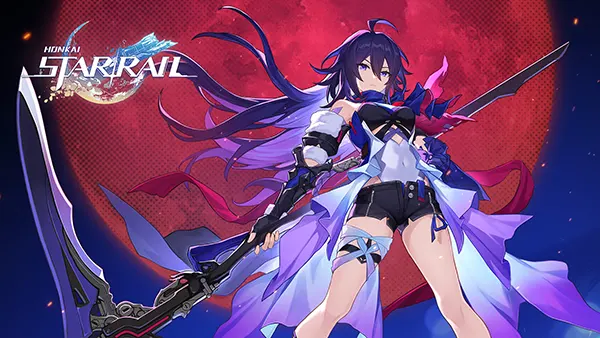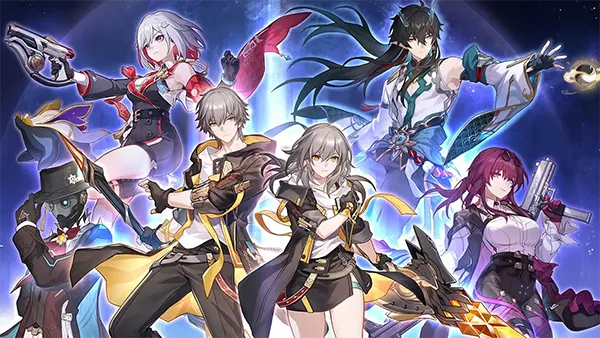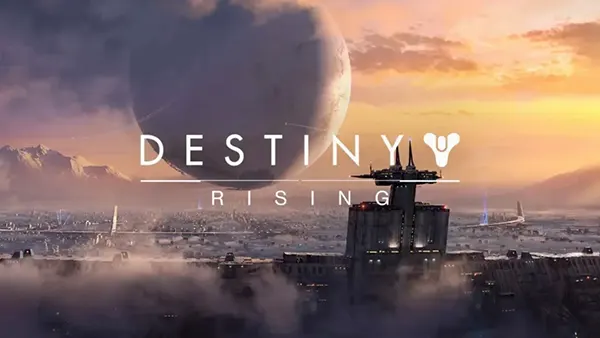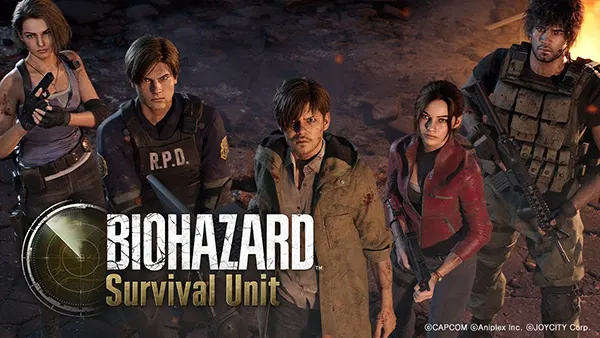Honkai: Star Rail – The 2025 Expansion and Its Impact on Mobile RPG Gameplay

The 2025 expansion of Honkai: Star Rail, developed by HoYoverse, marks a pivotal moment in the evolution of mobile RPGs. With new planets, advanced turn-based combat mechanics, and enhanced storytelling, the update aims to enrich both gameplay depth and narrative continuity. Released globally in February 2025, the expansion demonstrates the developer’s ongoing commitment to refining user experience and pushing mobile gaming boundaries.
New Planet – Aeonia and Its Core Gameplay Features
Aeonia, the newly introduced celestial hub, offers not only visual novelty but a comprehensive shift in world-building standards within mobile RPGs. This planet presents multiple interconnected biomes that challenge exploration strategies with real-time environmental hazards and puzzle-based movement. The expanded overworld format calls for strategic party deployment and synergy-based travel adaptations.
Each biome in Aeonia features unique side quests tied directly to character lore, fostering a deeper emotional investment from players. This system organically links gameplay mechanics with narrative development, a trait that has increasingly defined the game’s trajectory since 2023. As a result, players are drawn into micro-stories without relying on redundant dialogue or grinding.
Furthermore, the introduction of “Mobility Anchors” across Aeonia allows players to influence traversal routes and enemy AI patterns. This mechanic promotes planning ahead and aligns with the broader direction HoYoverse is taking towards tactical complexity in mobile settings.
Character Additions and Meta Shifts
February 2025 brought in four new five-star characters, each equipped with dual-path skill trees. These units include: Celestine (Quantum-DPS/Support hybrid), Ferrick (Physical DPS with taunt-based mechanics), Olvera (DoT strategist), and Juno (specialised healer with turn manipulation). The introduction of dual-path progression enables flexibility unseen in earlier updates.
These characters are designed not just to bolster the roster but to redefine optimal team compositions. Notably, Olvera’s bleed mechanics now counter previously dominant shield-heavy teams, resulting in substantial PvE meta shifts. This evolution encourages users to diversify playstyles, move beyond speed-focused builds, and experiment with layered tactics.
Additionally, signature Light Cones accompanying each character offer passive abilities that require conditional activation, encouraging synergy rather than stat-stacking. This refines build strategies and raises the skill ceiling for long-term players seeking performance optimisation.
Overhauled Combat and UI Systems
The expansion introduces dynamic battlefield modifiers — situational elements such as weather changes, terrain reactions, and time-based buffs. This system adds unpredictability and forces players to reconsider traditional turn-based routines. Combat becomes less about brute damage and more about reacting to evolving conditions.
UI has been streamlined across all devices, especially mobile. The redesigned HUD allows rapid targeting, gesture-based skill confirmation, and real-time strategy adaptation through contextual menus. These modifications reduce mechanical fatigue and accommodate faster decision-making, especially useful in boss challenges and time-trial domains.
Moreover, a new “Action Interrupt” feature permits mid-turn intervention based on enemy telegraphs. While limited per combat round, this allows for clutch-saving counters and changes the pacing of encounter resolution. It’s particularly beneficial for late-game missions, where boss AI employs multi-phase aggression patterns.
Mobile Performance Enhancements
On mobile platforms, the 2025 expansion has been fully optimised for devices running Android 13+ and iOS 17+. The game now includes a dynamic resolution scaling feature, improving frame consistency during intensive visual effects and crowded combat scenes. This ensures a stable experience on devices with variable hardware capabilities.
Battery usage has been improved by 15–20% through backend GPU load reduction techniques. Honkai: Star Rail now dynamically allocates processing resources, especially during overworld transitions, minimising heat generation without compromising visuals. These enhancements aim to deliver console-grade fidelity on handheld systems.
Touch response times have also been refined. With new input drivers, players experience reduced skill lag and more accurate directional controls, especially when engaging environmental puzzles or time-sensitive events. This change addresses one of the key criticisms voiced during prior beta phases.

Community, Monetisation, and Event Evolution
HoYoverse has introduced a more transparent monetisation model with this expansion. A “Stellar Bond” pass offers players premium content without heavy reliance on gacha draws. It includes cosmetic upgrades, quality-of-life items, and access to premium story chapters without affecting core progression balance.
The expansion has also reshaped event pacing. Rather than overlapping events with tight timers, content is now staggered across two-week periods, allowing players to fully engage without burnout. This shift has been positively received, especially among working users and those with limited playtime.
Additionally, social interaction has improved via integrated cross-server co-op trials and faction-based competitions. These multiplayer elements introduce friendly rivalry while granting real-time rewards based on collaboration, incentivising community engagement and healthy competition beyond solo grinding.
Broader Impact on the Mobile RPG Landscape
The 2025 Honkai: Star Rail update sets a new benchmark in the mobile RPG industry by integrating long-form storytelling, modular combat, and responsive mobile optimisation. Competitor titles are now pressured to match or exceed this calibre to retain user interest.
Notably, this expansion has encouraged renewed investment in mobile RPG design. Smaller studios are experimenting with asynchronous multiplayer systems, deep character trees, and layered world-building, all of which mirror Star Rail’s direction. The influence of HoYoverse’s model extends beyond just player expectations — it reshapes developer strategy industry-wide.
In sum, Honkai: Star Rail has transcended its gacha origins to become a standard-setter in mobile RPGs. With its 2025 expansion, the game blends tactical engagement, narrative resonance, and technical refinement, laying the foundation for future genre-defining entries on portable platforms.



